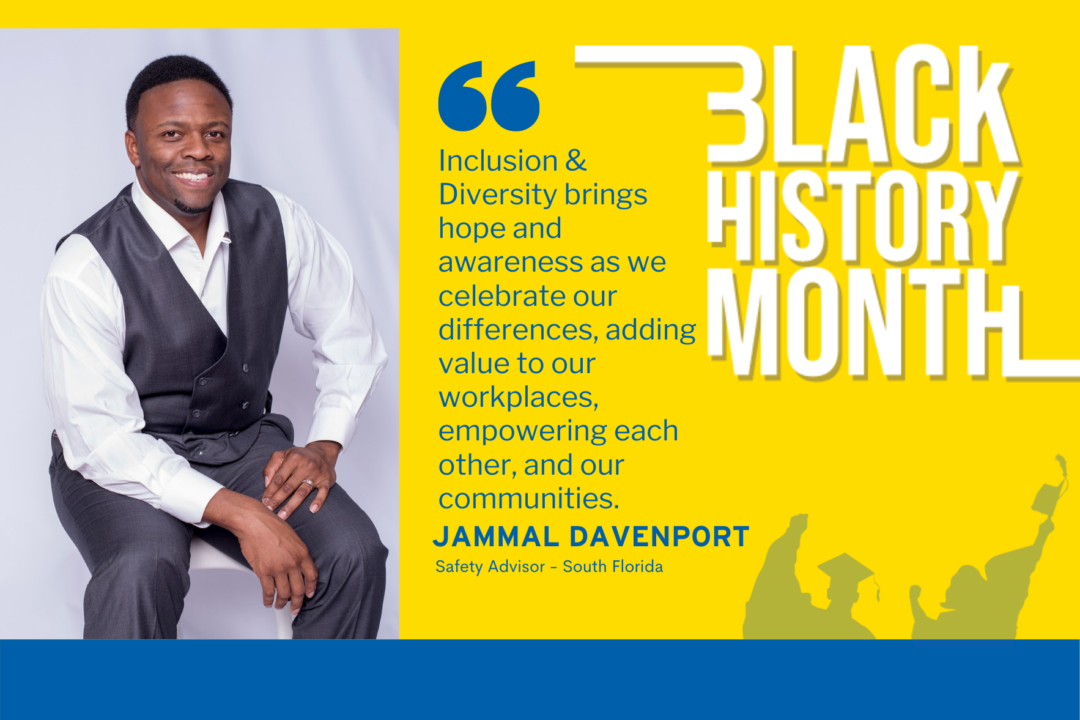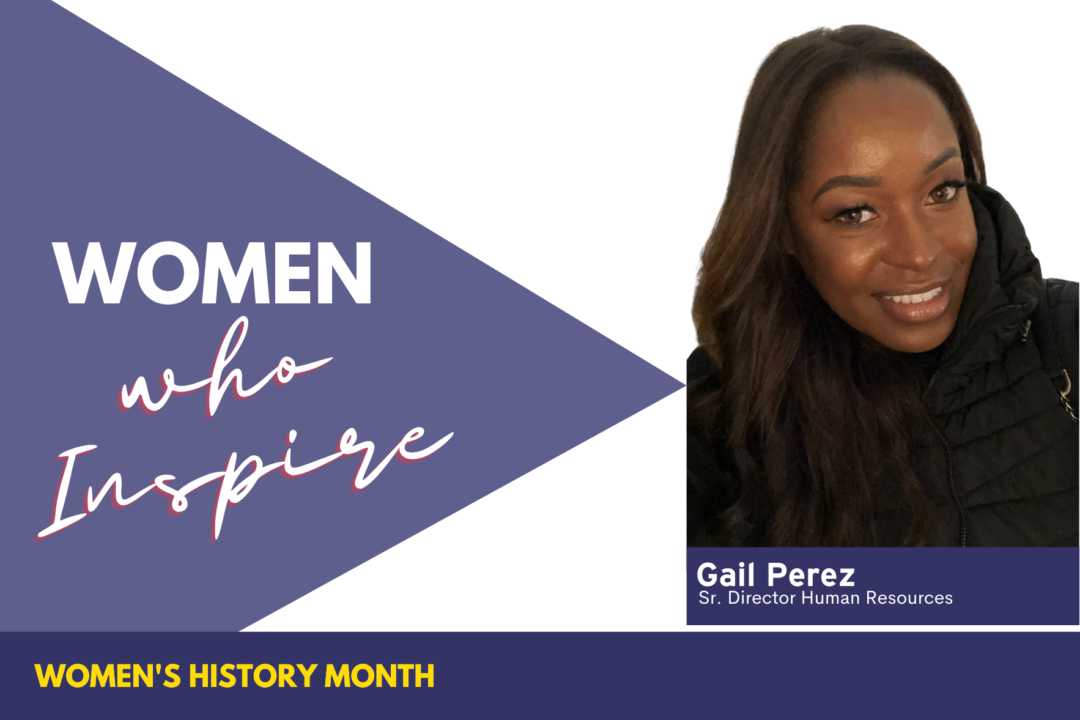Meet Jammal Davenport, a Safety Advisor for Peoples Gas. Jammal joined Peoples Gas eight years ago, starting his journey as a field technician, then working as a damage prevention coordinator and today is a safety advisor in South Florida.
Jammal implements safety practices and delivers information and training on a wide range of topics like emergency medical support, safe driving, and safety management system operation.
Jammal is a Miami native and married with two children. When he’s not working, he and his family are involved in community outreach. He’s proud of his family heritage that stems from deep roots in the south — his father was born in Mississippi and his mother in North Florida. He is grateful for his family who instilled values to stand up for what is right even if that means standing alone.
Get-to-Know more about Jammal in this Q&A spotlight!
Q: How important is inclusion and diversity to you, and what value does it bring?
The topic of inclusion and diversity serves as fuel for me. I enjoy serving on Peoples Gas’ Inclusion and Diversity Council. The hope of bridging gaps and raising awareness on a plethora of unique differences that transcend race, culture, gender and more is important to me. There are many areas of awareness that inclusion and diversity can bring for single mothers, the educationally marginalized, wounded veterans, working-homeless, and the list goes on.
Q: Why do you think it’s important to have Inclusion and Diversity programs at work?
I&D programs are a vital necessity in the modern workplace. These programs allow us the opportunity to share our unique perspectives on the world and leverage those viewpoints to improve business, increase social engagement and ultimately increase the value we add to the company, each other and our communities.
Q: What are your thoughts on Historically Black Colleges and Universities (HBCUs)?
Historically black colleges represent a time in history where educational ownership took new heights and learning was not an expense, it was a critical piece to freedom. HBCUs created a space for learning that was not readily available to Black Americans at that time.
Q: Is there a local Black-owned business that you like or support and why?
I love to support Black-owned businesses like Golden Krust, a popular Jamaican restaurant that has the best food, and Legends Barbershop. These are two good representations of business excellence in South Florida.
Q: Is there a specific black person from history who inspires you?
It may be cliché, but Harriet Tubman is inspirational to me. She jeopardized her freedom and new-found comfort so that everyone could experience the new freedom she fled to find.
Q: How important is Black History education in our workplaces and communities not just during this month but all year long?
Learning the history of another group provides context around their social status in society. It explains the subtle nuances that exist in that group, how they communicate, what provides identity and what drives their moral messaging. Black history education allows a direct view into the defining moments of the culture. It creates a platform to have discussions about the current experiences based on the historical timelines that have been recorded.
Q: What does being a Black man mean to you in today’s society?
Being a Black man today comes with a mélange of challenges within our community as well as in society. I believe I have a tacit responsibility to present a healthy model of what Black men represent: professionalism, poise, kindness, intellect, family-centered, God-focused, community engagement and adaptability to social demands.
We need more models of the social contribution that encapsulate what can be done in every facet of business, community, church and family. The innate nature of humankind is to emulate what is dominant and duplicate that behavior. Inundate the current and future generations with ideals and imagery of what can be, and the behavior will follow.





No Comments Found